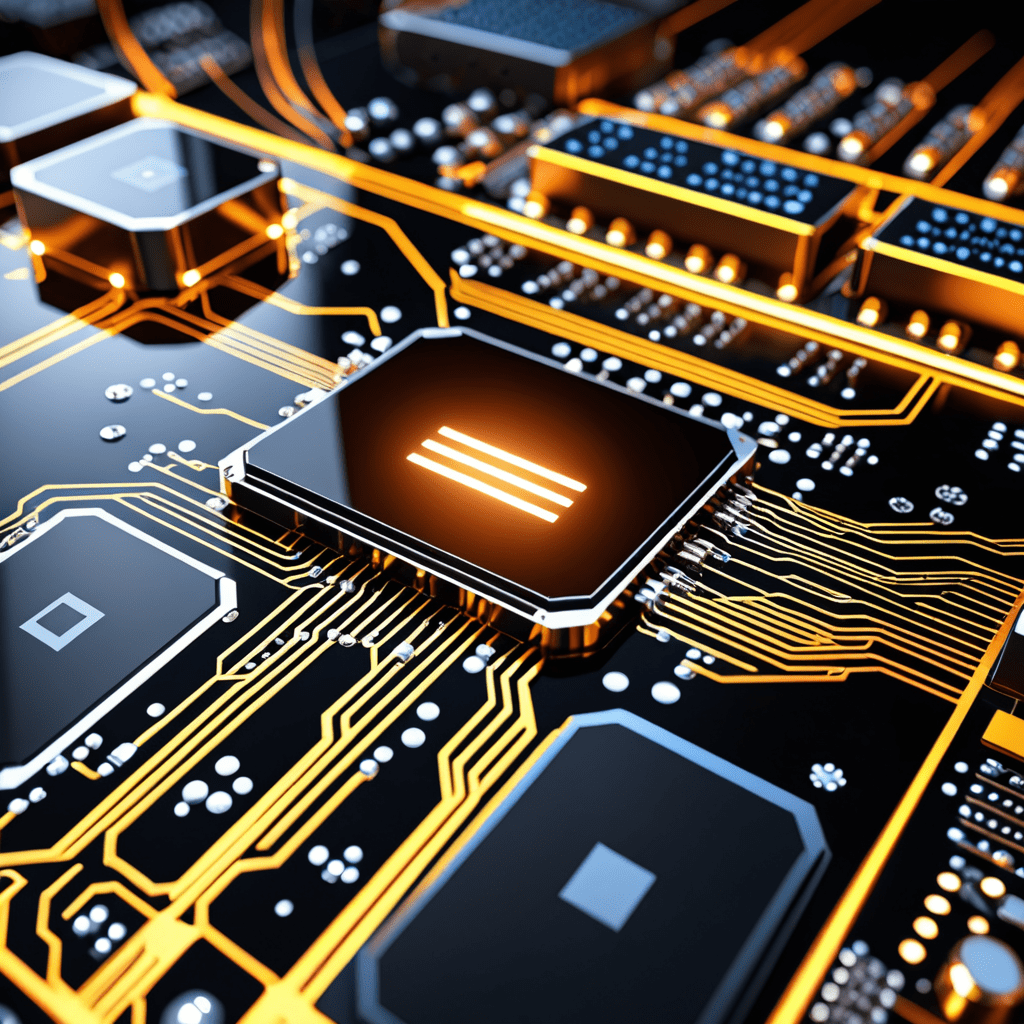
Nanotechnology in Energy Harvesting: Efficient Energy Production with Nanotech
The Power of Nanotechnology in Revolutionizing Energy Harvesting
Nanotechnology has emerged as a game-changer in the field of energy harvesting, offering innovative solutions for efficient energy production. By manipulating materials at the nanoscale level, scientists can enhance the performance of energy harvesting devices, making them more sustainable and cost-effective.
Nanoscale Materials for Enhanced Energy Capture
At the heart of nanotechnology’s impact on energy harvesting are nanoscale materials such as nanoparticles and nanowires. These tiny structures possess unique properties that enable them to capture and convert energy more effectively than traditional materials. By harnessing the power of nanomaterials, energy harvesting devices can generate electricity from sources like sunlight, heat, and motion with greater efficiency.
Nanogenerators: Harvesting Energy from the Environment
Nanogenerators are a prime example of how nanotechnology is revolutionizing energy harvesting. These devices can convert mechanical energy from the environment, such as vibrations or movement, into electrical power. By utilizing nanoscale piezoelectric materials, nanogenerators can efficiently harvest energy from everyday activities, paving the way for self-powered sensors, wearable electronics, and more.
Solar Cells: Boosting Efficiency with Nanotech
Solar cells are another area where nanotechnology is making significant strides. By incorporating nanomaterials like quantum dots or nanowires into solar panel designs, researchers can enhance light absorption and electron transport within the cells. This leads to improved efficiency and performance, ultimately increasing the amount of energy that can be harvested from sunlight.
Nanotechnology for Energy Storage
In addition to energy harvesting, nanotechnology is also shaping the landscape of energy storage. Nanomaterials such as carbon nanotubes and graphene have shown great promise for developing high-capacity batteries and supercapacitors. These energy storage solutions not only complement energy harvesting technologies but also play a crucial role in balancing supply and demand in the energy grid.
Environmental Benefits of Nanotechnology in Energy Harvesting
By enabling more efficient energy production and storage, nanotechnology holds the potential to reduce reliance on fossil fuels and mitigate the environmental impact of energy generation. From reducing greenhouse gas emissions to promoting sustainability, nanotech-driven energy harvesting solutions offer a cleaner and greener way to meet the world’s growing energy needs.
The Future of Energy Harvesting: Unlocking Potential with Nanotech
As researchers continue to innovate and explore the possibilities of nanotechnology in energy harvesting, the future looks promising. From enhancing renewable energy sources to improving energy efficiency, nanotech is poised to play a pivotal role in shaping the energy landscape of tomorrow. With ongoing advancements and investments in this field, we can look forward to a more sustainable and energy-abundant future powered by the wonders of nanotechnology.
FAQs about Nanotechnology in Energy Harvesting
What is nanotechnology in energy harvesting?
Nanotechnology in energy harvesting involves the use of materials and devices at the nanoscale to improve the efficiency of energy production and conversion processes.
How does nanotechnology enhance energy production?
Nanotechnology enables the design of energy harvesting systems with increased surface area, improved conductivity, and better energy conversion capabilities, leading to enhanced overall energy production.
What are some examples of nanotech applications in energy harvesting?
Examples include nanomaterial-based solar cells that can capture more sunlight, nanogenerators converting mechanical energy into electricity, and nanotechnology-enhanced batteries with higher energy storage capacities.
What are the benefits of integrating nanotechnology in energy harvesting?
The benefits include increased energy efficiency, reduced environmental impact through sustainable energy generation, and the development of compact and lightweight energy harvesting systems for various applications.


